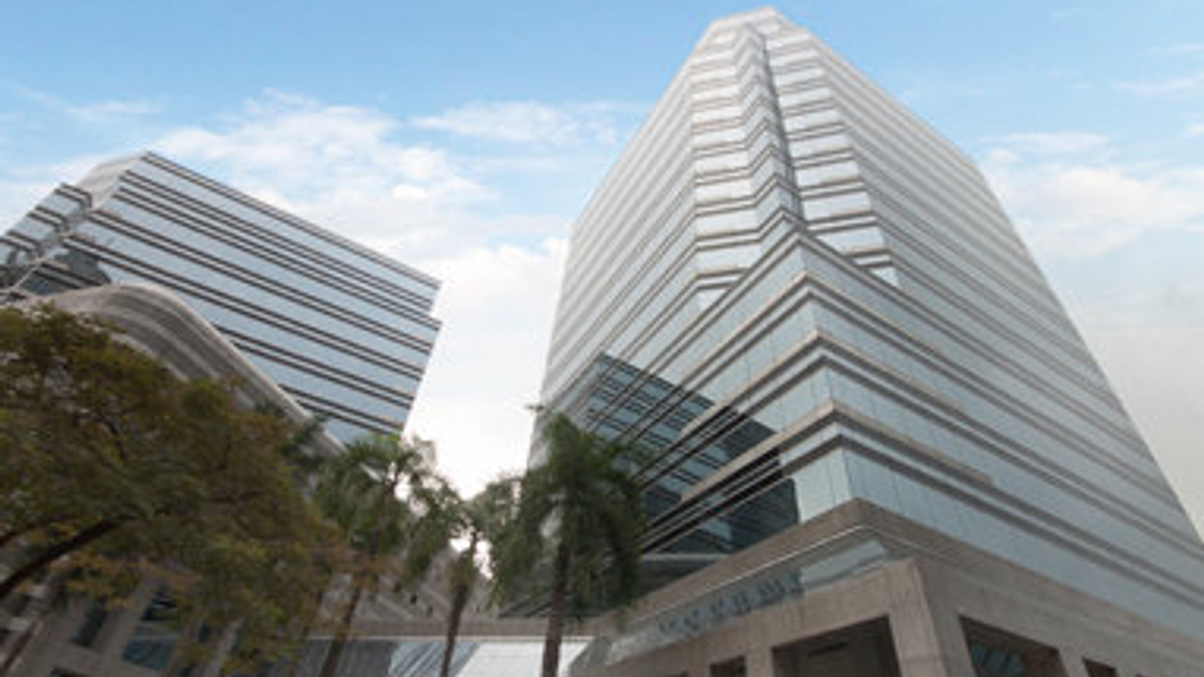Thailand’s GPF reviews portfolio sustainability
The $21 billion Government Pension Fund continues to expand its private markets portfolio while looking to manage more global equity exposure in-house.

Thailand’s Government Pension Fund turns 20 this year and is looking to ensure its sustainability for another two decades amid increasingly yield-starved markets by further developing its asset allocation.
Sign in to read on!
Registered users get 2 free articles in 30 days.
Subscribers have full unlimited access to AsianInvestor
Not signed up? New users get 2 free articles per month, plus a 7-day unlimited free trial.
¬ Haymarket Media Limited. All rights reserved.


